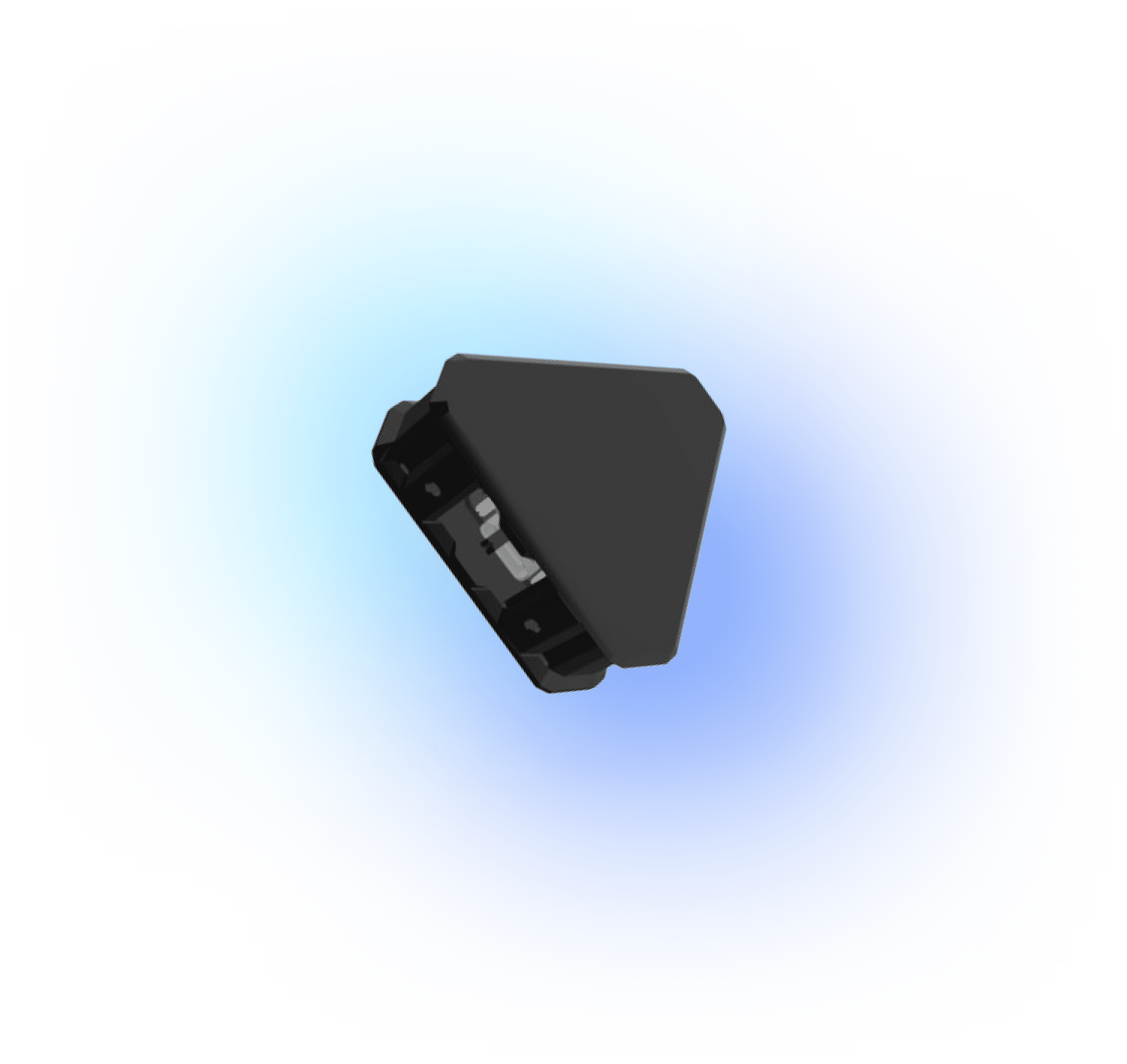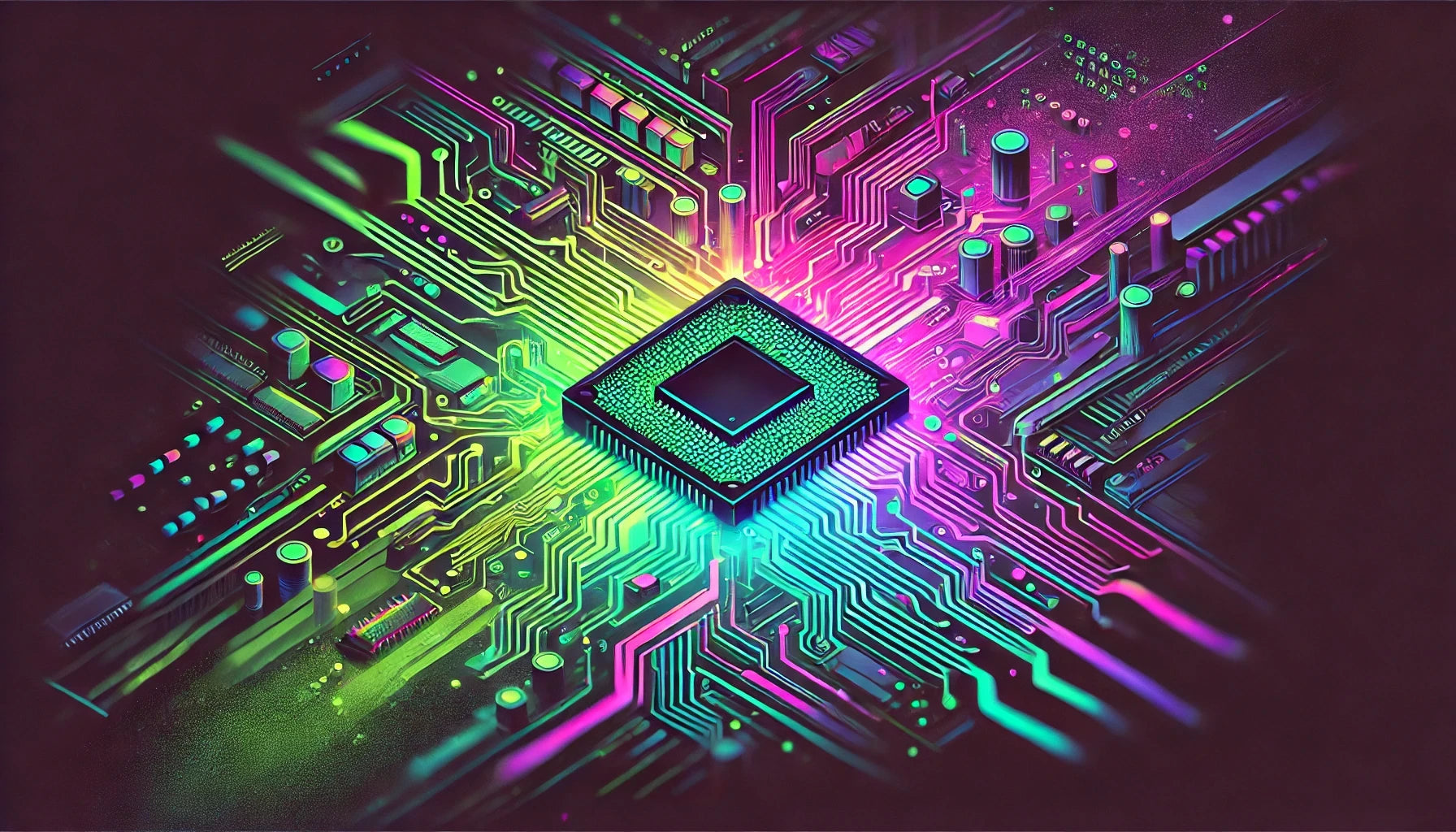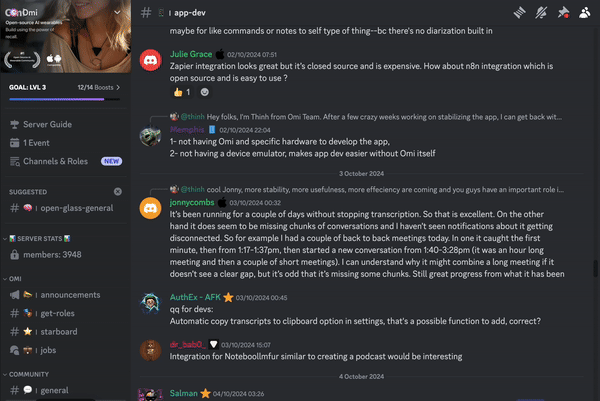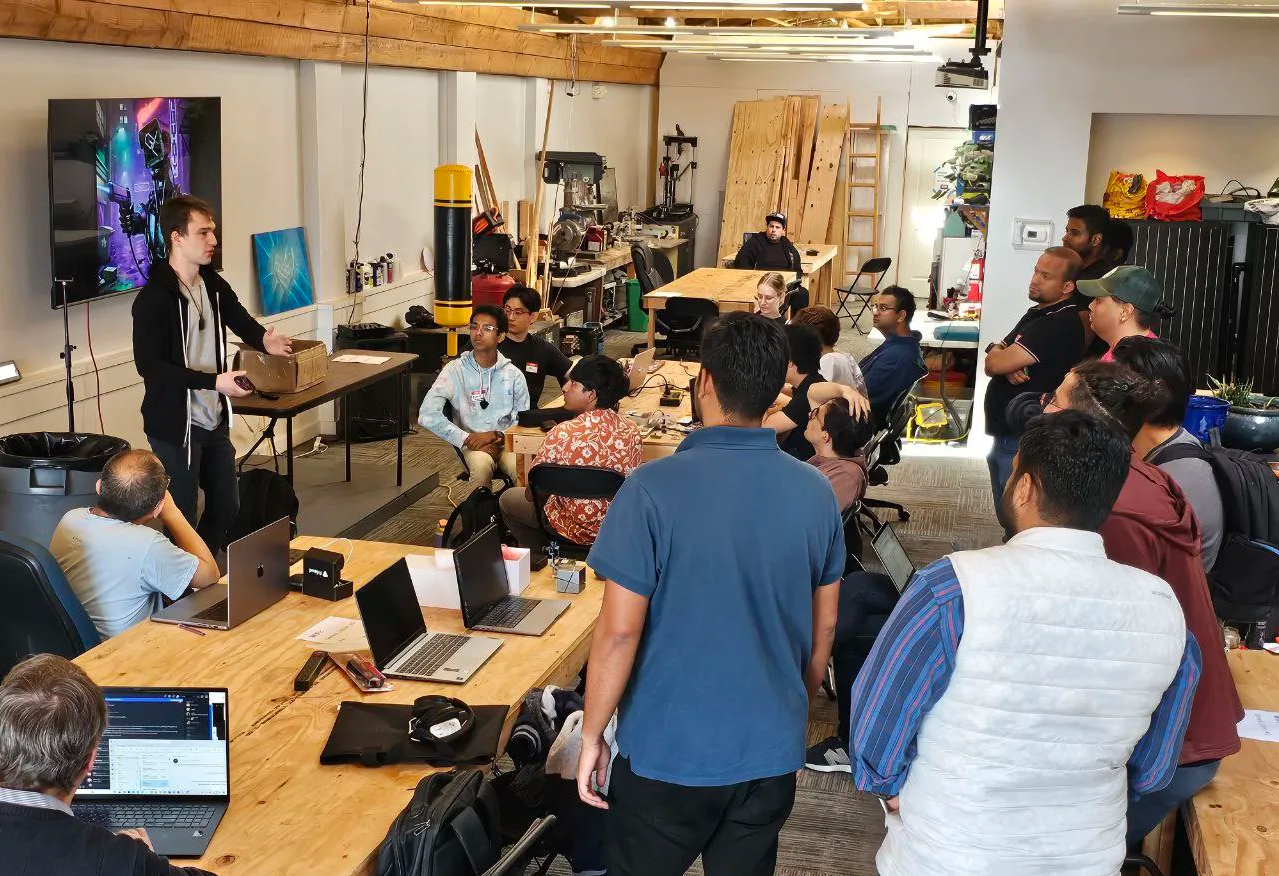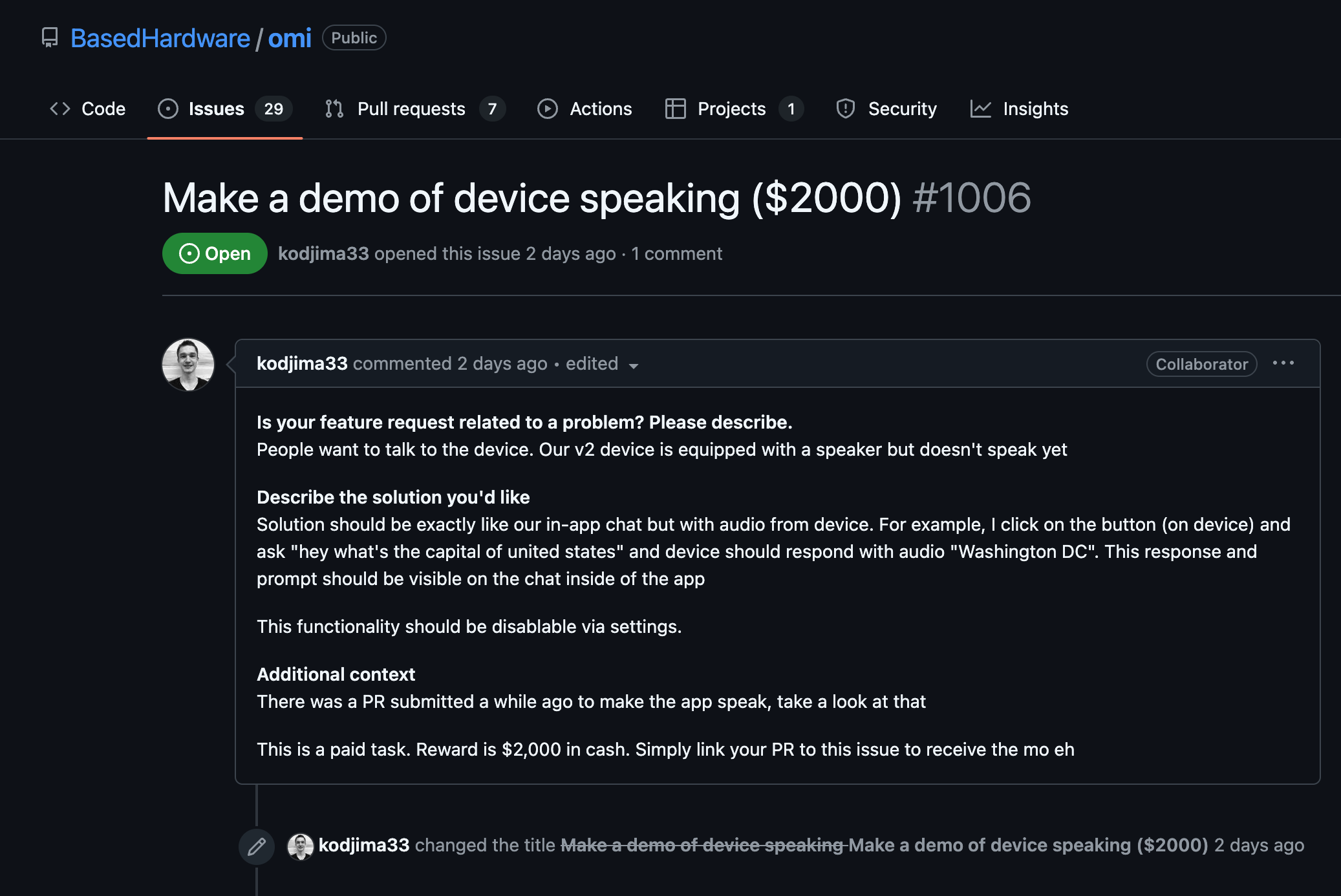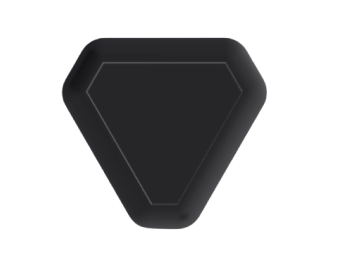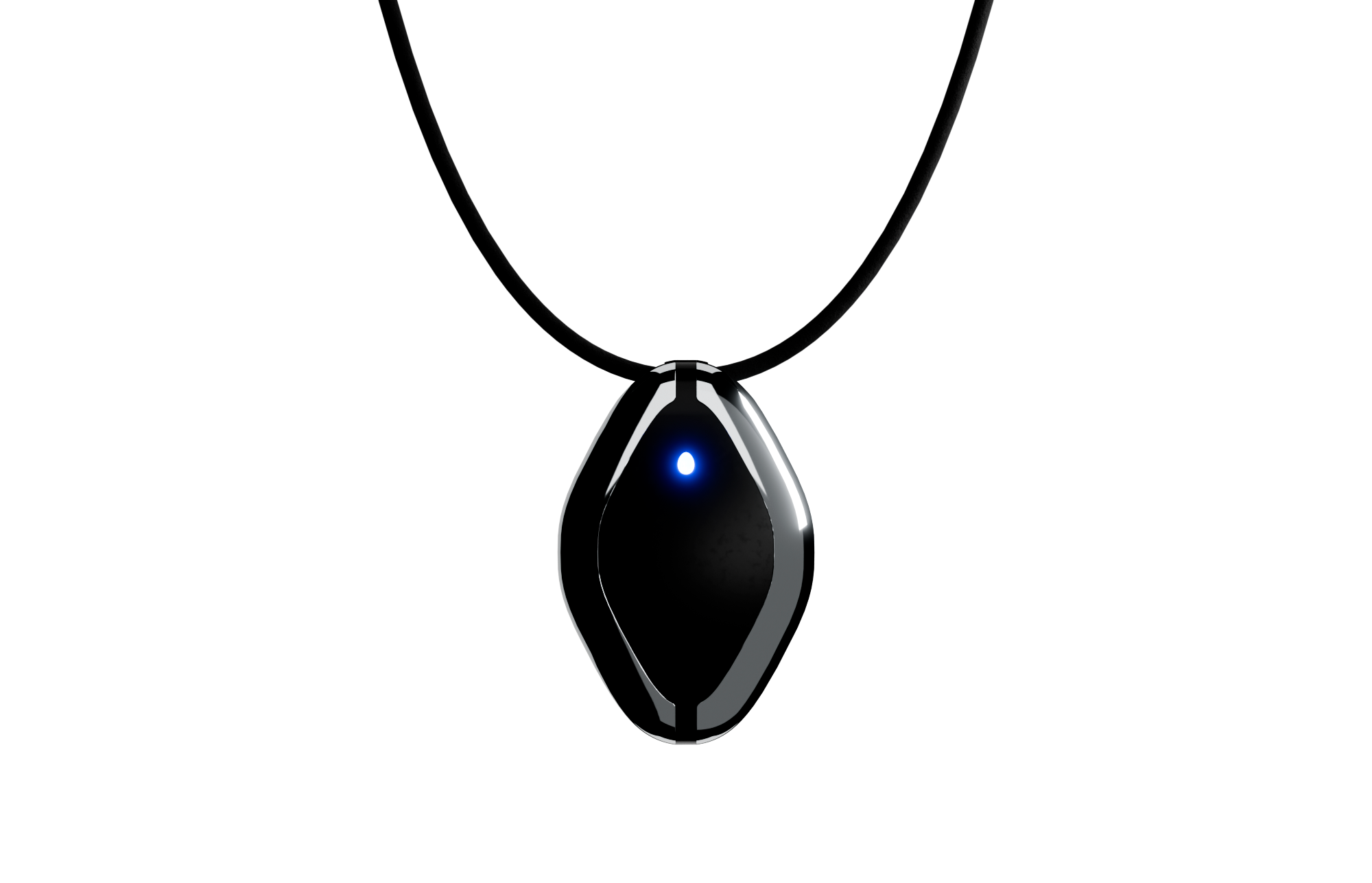Overview of Digital Signal Processing (DSP) Routines
Digital Signal Processing (DSP) routines are a set of operations or functions applied to digital signals to analyze, modify, or extract information. These routines are crucial in real-world applications like audio processing, telecommunications, image enhancement, and control systems. DSP routines are performed on digital signals, which are representations of analog signals that have been converted into digital form, typically through a process of sampling and quantization.
Key Features of DSP Routines
- **Sampling:** The process of converting a continuous-time signal into discrete-time signal data points, usually at specific intervals. This transformation allows for easier manipulation of the signal in the digital domain.
- **Filtering:** Essential in removing unwanted components from a signal, such as noise. DSP routines often involve the design and implementation of various types of filters, including low-pass, high-pass, band-pass, and band-stop filters.
- **Transformations:** Techniques like the Fast Fourier Transform (FFT) and Discrete Fourier Transform (DFT) are used to convert signals from the time domain to the frequency domain. These transformations help analyze the frequency characteristics of the signal.
- **Modulation:** A critical step in telecommunications where signals are modified to allow transmission over a medium. DSP routines deal with various modulation techniques such as amplitude modulation (AM) and frequency modulation (FM).
- **Compression:** DSP routines often involve reducing the amount of data required to represent a signal without significantly degrading quality. Audio and image compression techniques like MP3 and JPEG are prominent examples.
- **Detection and Estimation:** Refers to identifying and quantifying certain signal features, often required in communication systems and radar.
Applications of DSP Routines
- **Audio Processing:** Used in applications such as noise cancellation, equalization, and audio synthesis.
- **Image and Video Processing:** Involves routines for editing, enhancing, and compressing images and videos.
- **Telecommunications:** DSP routines facilitate data transmission and reception, error correction, and efficient signal modulation and demodulation.
- **Medical Devices:** For processing biological signals such as electrocardiograms (ECG) and neurophysiological signals.
Example of a Simple DSP Routine
Let's consider a simple DSP routine in Python that applies a low-pass filter to a signal using the SciPy library.
import numpy as np
from scipy.signal import butter, lfilter
# Generate a sample signal with noise
def generate_signal(frequency, sampling_rate, duration):
t = np.linspace(0, duration, int(sampling_rate*duration), endpoint=False)
return np.sin(2*np.pi*frequency*t) + 0.5*np.random.normal(size=t.shape)
# Low-pass filter design
def low_pass_filter(signal, cutoff, fs, order=5):
nyquist = 0.5 * fs
normal_cutoff = cutoff / nyquist
b, a = butter(order, normal_cutoff, btype='low', analog=False)
return lfilter(b, a, signal)
# Example usage
sampling_rate = 500.0
signal = generate_signal(frequency=5, sampling_rate=sampling_rate, duration=2.0)
filtered_signal = low_pass_filter(signal, cutoff=50.0, fs=sampling_rate)
The above routine creates a noisy sine wave and then applies a Butterworth low-pass filter to it, demonstrating one of the many functionalities DSP routines can provide.
